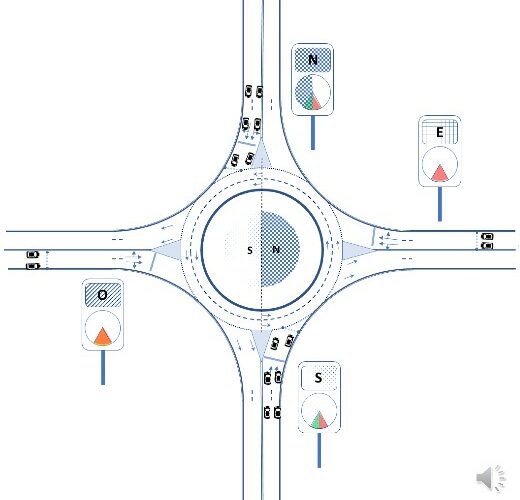IMDEA Networks

Archives: Events
Angel or Devil? A Privacy Study of Mobile Parental Control Apps
Android parental control applications are used by parents to monitor and limit their children’s mobile behaviour (e.g., mobile apps usage,...
Read more arrow_right_altSGD on Distributed Systems
Deep learning is booming thanks to enormous datasets with very large models, and the widespread availability of supercomputing via GPUs....
Read more arrow_right_altOn Three Research Problems
In this talk, I will present applications of the communication theory framework to three research problems. The first is a...
Read more arrow_right_altOverview of Adversarial Machine Learning (AML) with Applications to Network Anomaly Detection (NAD)
In this talk, we will give an overview of “adversarial” attacks on deep learning, generally known as adversarial machine learning...
Read more arrow_right_altThe hardware and software design for a Cyber-IoT-Physical system
Recently, there has been an enormous interest in Internet of Things (IoT) systems, and a large deployment of IoT systems...
Read more arrow_right_altTackling the Energy Asymmetry between Sensing, Computation, and Communication in Wireless Embedded Systems
Wireless Embedded Systems have seen tremendous growth with a vast number of deployed devices, with their numbers continuing to increase...
Read more arrow_right_altRoundabouts as Switches: Synchro [& Turbo] Roundabouts with Rotating Priority Sectors (STYROPS) for High-Capacity, Safe, and Sustainable Roundabouts
We look at roundabouts as synchronous car multiplexers to overcome the current limitations of roundabouts in capacity, safety, and energy...
Read more arrow_right_altCoronaSurveys: Using Surveys with Indirect Reporting to Estimate the Incidence and Evolution of Epidemics
The world is suffering from a pandemic called COVID-19, caused by the SARS-CoV-2 virus. National governments have problems tracking the...
Read more arrow_right_altTalentum Startup Internships Event 2014
On December 4th, 2014, IMDEA Networks and Telefonica, in collaboration with the SEPI Foundation, launch a new edition of the Talentum Startups program
Read more arrow_right_altPhD Thesis defense: Characterization of mobile network services to assess the impact of network slicing in a nationwide scenario
Several businesses are nowadays becoming more and more aware of the potential that lies beneath Big Data. From social media...
Read more arrow_right_alt











Recent Comments